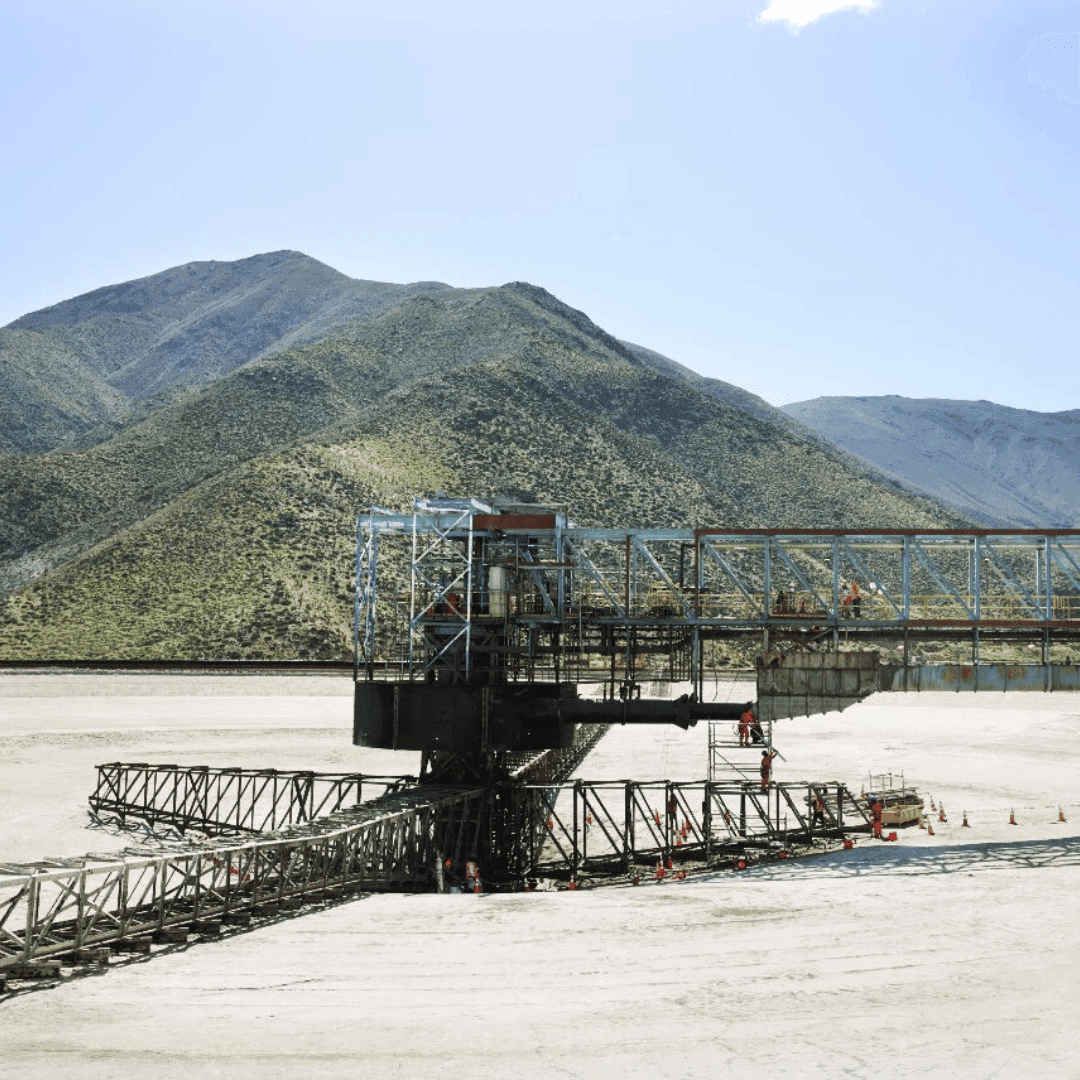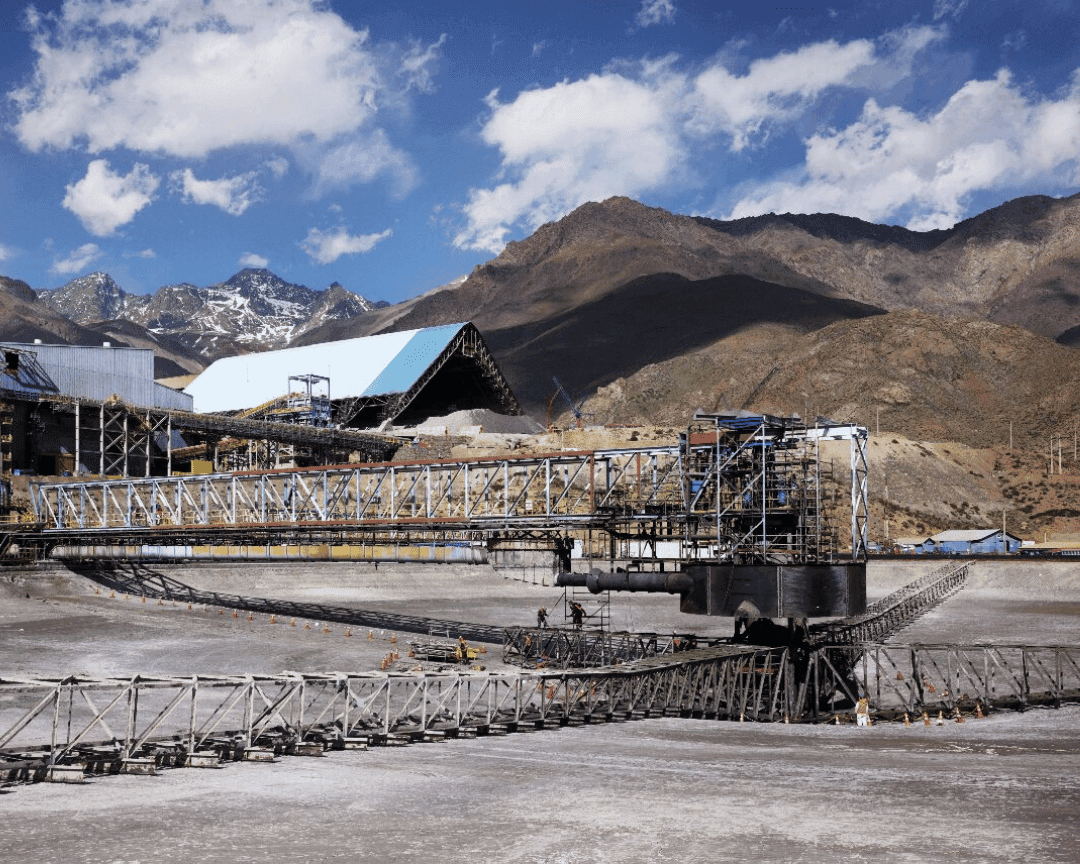Significant reduction in water to tailings
Customers have reduced water to tailings by up to 46% by upgrading their thickener. An Australian gold mine reduced water consumption by upgrading their thickener with E-DUC® autodilution and E-Volute™ feedwell systems. The E-Volute feedwell optimizes flocculation and aggregate growth, while the E-DUC feed dilution system minimizes flocculant use and increases settling rates. This resulted in a 50% solids (w/w) underflow density, 46% less water to tailings, and a 40% reduction in flocculant consumption (gram/tonne).

